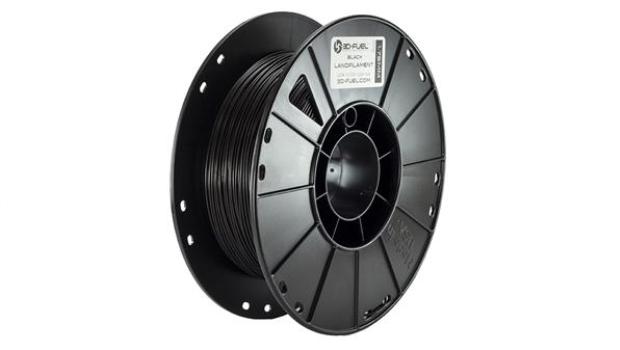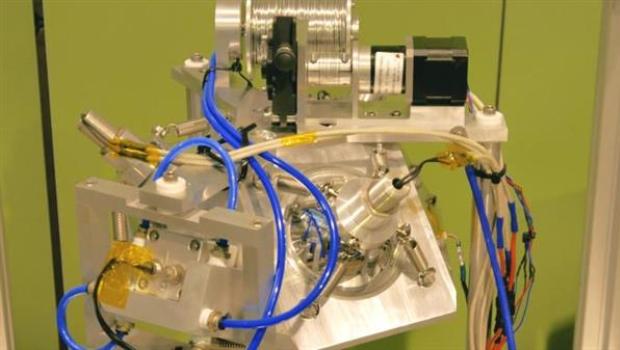A concept called Landfillament has been introduced by a North Dakota based 3D Fuel Company. In this company, new 3d printing materials are created with the help of recycled materials. In order to make the materials, the Municipal solid waste is accumulated in the form of pyrolysis. With this, the char byproduct is created that is further used for the filament purposes.
However, working a 3D printer can request a considerable measure of vitality; many organizations in the 3D printing industry are endeavoring to make green items that make added substance producing an all the more naturally well-disposed process. Given the sheer volume of plastic waste delivered the world over consistently, maybe the most critical gathering of eco-accommodating 3D printing items is reused fiber, with organizations like InnoCircle and Better Future Factory making utilization of auto parts, PET plastic jugs, and other waste to make useful 3D printing materials.
Another business hoping to make 3D printing as green as could be expected under the circumstances is 3D-Fuel, (not to be mistaken for British 3D filtering organization Fuel3D) a 3D printing materials organization from Fargo, North Dakota, whose new Landfillament 3D printing material is produced using reused city strong waste. Much the same as Doc Brown in Back to the Future II, the organization has figured out how to transform waste into a significant asset, allowing creators to print objects safe in the learning that their material decision is profiting the planet.
To make MSW into a printable material, 3D-Fuel first expels all metals from the blend, before running the staying waste through a procedure called pyrolysis. Through this procedure, which includes the thermochemical decay of natural material at high temperatures without oxygen, a roast repercussion is made, which can in the long run be utilized as 3D printing fiber. The gas side effects of the pyrolysis are likewise held for new uses, which mean every spool of Landfillament sequesters .909lbs of carbon dioxide identical, which is the proportional measure of nursery gas radiated by an auto driven 1.1 miles.
Strikingly, 3D-Fuel’s Landfillament isn’t its lone eco-accommodating fiber, with the organization likewise having created materials produced using espresso, lager, and hemp. With the expansion of Landfillament, which prints a strong dark shading, clients now have a scope of safe, Earth-accommodating materials available to them. “We adore that all our c2composites have an awesome story behind them,” says Jake Clark, COO of 3DomFuel (a merger of 3Dom and 3D-Fuel) North America. “Heaps of different makers esteem the story behind their materials. Like a craftsman utilizing old barnwood or a stone worker utilizing earth from their most loved shoreline. Why can’t 3D printing have that?”

